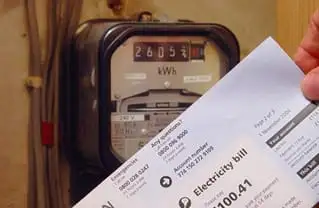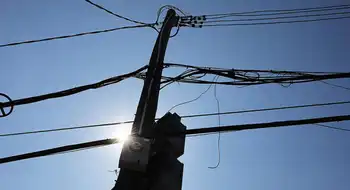Wind-power development set for Ontario
The Calgary energy company said recently it had struck a deal to acquire the rights to a wind power project in Melancthon, a township near Shelburne, Ont. The project is owned by Chinodin Enterprises, a private company.
Subject to due diligence, the deal will allow Canadian Hydro to develop up to 240 megawatts of wind power in a partnership with Chinodin. Financial terms of the deal were not revealed.
The proposed plant would generate about twice the daily power used by a city the size of Sudbury, Ont.
The transaction is part of a plan by the company to meet new demand for wind power in Ontario, where the Liberal government plans to shut down its coal-fired power plants by 2007 and wants to develop more environmentally friendly sources of electricity.
The Ontario government has targeted five per cent - or 1,350 megawatts - of all generating capacity to come from renewables by 2007 and plans to issue requests for proposals to the private sector to produce that power. "We are extremely pleased to have a potential, large wind project to develop in Ontario," said John Keating, CEO of Canadian Hydro.
"The Ontario government is creating market certainty through its announced (plan) to purchase 300 MW of green power and we hope to be one of the successful bidders. The Melancthon-Grey Highlands Wind Project gives us the opportunity to increase our market presence in Ontario and continue to balance our geographic and technological diversification."
Canadian Hydro owns and operates 10 hydroelectric plants, three wind plants and a natural gas fired plant in Alberta, British Columbia and Ontario.
Related News

During this Pandemic, Save Money - How To Better Understand Your Electricity Bill
NEW YORK - Especially during these tough economic times, facility executives who don’t understand how their power is priced have been disappointed when their energy projects failed to produce expected dollar savings. Here’s how not to be one of them.
Your electric rate is spelled out in a document called a “tariff” that can be downloaded from your utility’s web page. A tariff should clearly spell out the costs for each component that is part of your rate. Don’t be surprised to learn that it contains a bunch of them. Unlike residential electric rates, commercial electric bills are not based solely…





